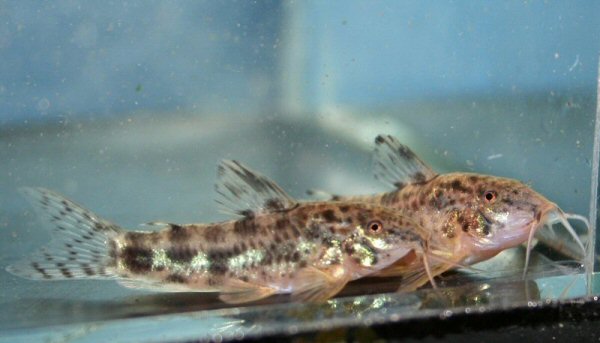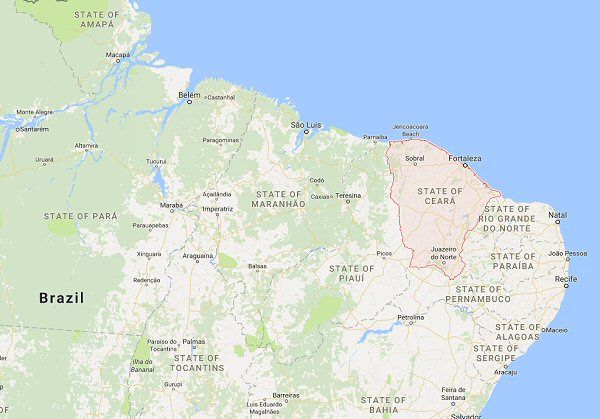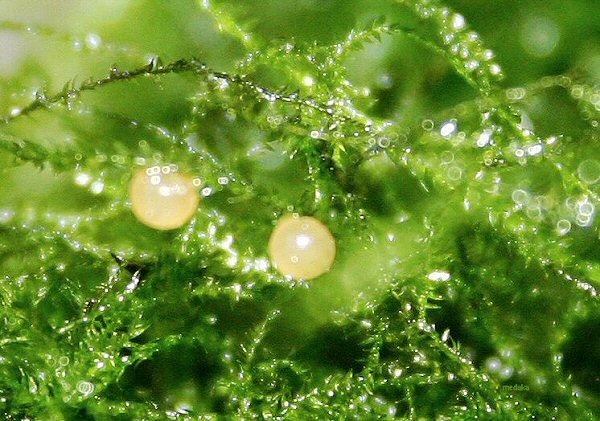SCOTCAT.COM
your internet guide to all things catfish
| Breeding Aspidoras cf. rochai Ihering, 1907 |
by Adrian Taylor |
Over the next few months or so I fed them upon a mixed diet of commercial, tablet and granular food, which was supplemented with grindal worms ever 5 days. They were housed in a aquarium measuring 400mm X 160mm X 160mm. The filtration was provided by an air powered Hamburg matten filter being positioned at one end of the tank. The substrate being one of sand which had a covering of Java moss; the only other thing that I added to the tank was a nylon spawning-mop which was hung near to the surface of the water at the opposite end of the tank from the filter. Some 7 months later with the males (2) which measured 30mm SL and the females (2) which measured 35mm SL, I set about trying to spawn them.
Aspidoras cf rochai
I commenced feeding them a commercial catfish tablet each morning and either cyclops or grindal worms in the evening and I also increased my water change rate to 30% every other day. Some two weeks went by and as there were no signs of any spawning or indeed spawning activity I increased the amount of water changed to 50%. Some 10 days later whilst I was enjoying the fish in my modest fish shed, I happened to noticed that the males were vigerously persuing the females around the tank and at times offering their flanks to the females snouts with the females being noticably more rotund. I left the fish shed and returned a few minutes later with a mug of coffee in one hand and a camera in the other and settled down to try and photograph the actual spawning; but, although I sat patiently waiting trying to catch a mating embrace and the subsequent laying of their eggs for the next 2 hours or so there was no signs that the females were actually interested in mating and with the evening coming to its close I retired for the night. The following morning after opening up my fish shed and during my morning tank check I observed that there were small slightly opaque eggs laid either singular or in pairs in amongst the Java moss just above the substrate, although there were three singular eggs found inamongst the spawning mop. The eggs were removed from the Java moss and spawning mop and placed in a small plastic container and an air line attached. The eggs took another 12 hours to hatch and the fry were kept in the small container for the first 3 days with 50% water changes being carried out each day using rain water that had been left over night in the fish house to raise the temperature to the same as the water in the fry container, at this time I fed them upon finely powdered flake food and green water mixed together. On day 4 the fry were moved to a external clip-on type air powered fry tank which was attached to a ‘growing on’ tank that housed some Corydoras CW10 fry and were fed on a diet of crushed flake food in the morning and milli-worm in the evening for 7 days, after which I added to their diet newly hatched brine shrimp. After a further 3 days the fry were of sufficient size to compete with the Corydoras Sp CW10’s for food and I decided to release them into the ‘growing on’ tank that housed the CW010’s. This tank received a 15% water change every other day. It was another six weeks before they were of a size that meant that I could move them to a larger tank which contained a variety of small non-aggressive fish which meant that they had to feed upon the same diet as their tank makes which was similar to what I gave their parents.
State of Ceara on the eastern seaboard of Brazil
Aspidoras cf rochai - eggs
These are marvelous small catfishes to keep and breed, although I can not stress enough the importence of a tightly fitting cover glass, even including wedging small peices of filter foam in the small spaces where the air lines and wires go into the tank. If these catshes can squeeze through a hole I assure you they will do just that.
Photographs © Adrian Taylor
|
If you would like to contribute an article, please e-mail me. You will of course be credited for your work.
If you would like to donate any denomination of money to the site just click the above link button. All proceeds will go to running the site and hopefully to keep it going for a few years yet.
Print or e-mail this article below




